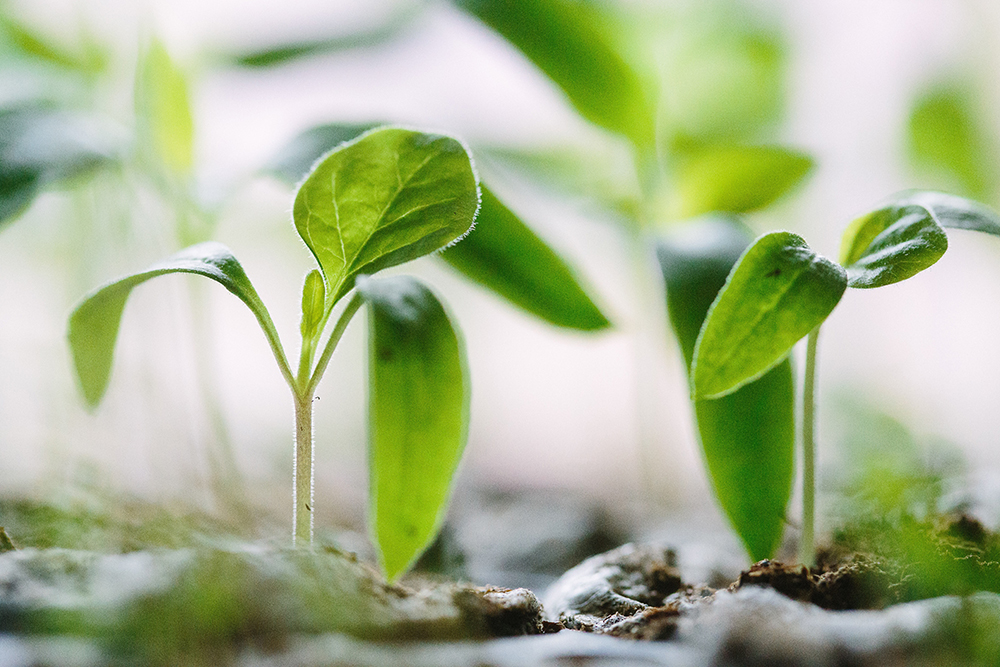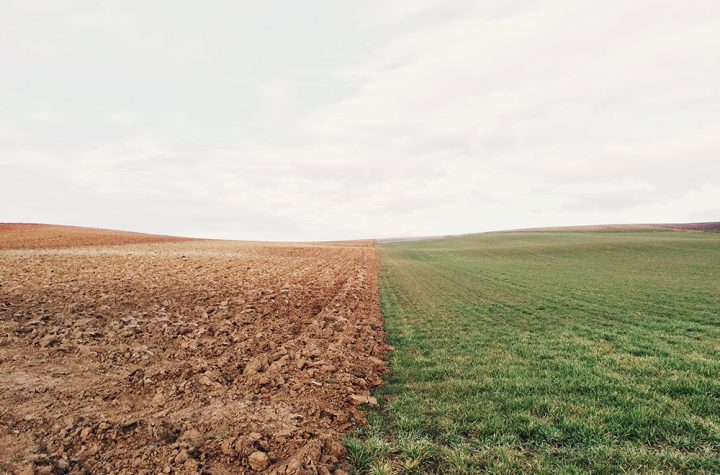
Dr. Volker Gerdts says the University of Saskatchewan’s Vaccine and Infectious Disease Organization has received permission from the Public Health Agency of Canada to start working on a vaccine.
/The Canadian Press
Dr. Volker Gerdts estimates there are upwards of 200 ferrets at his vaccine research facility in Saskatoon right now, including a shipment of more than 100 recent arrivals. Not to mention dozens of hamsters.
Its getting crowded, Dr. Gerdts says of the lab, one of the largest research centres in Canada. But thats what were built for.
Because ferrets respiratory systems are similar to humans, they are now at the leading edge of Canadas search for a coronavirus vaccine. And the VIDO-InterVac facility at the University of Saskatchewan is at the centre of a global effort to find a solution to the pandemic.
Story continues below advertisement
Dr. Gerdtss team is one of about 50 international groups working with the World Health Organization, comparing notes and divvying up tasks to see what approach will yield the best shot at a successful vaccine.
Once a week, he and others join a 5 a.m. conference call to share data with researchers around the globe. It is one of the largest co-ordinated efforts the vaccine world has ever seen.
Although researchers are racing flat-out, it is also a frustratingly slow process. Even at an accelerated pace, vaccines take a year or more to develop and mass produce. Most estimates suggest it will be 12 to 18 months before any COVID-19 vaccine is safe for human use.
In an effort to speed things up, though, labs have started to get creative.
In the case of Dr. Gerdtss team, that means multitasking which is where the hamsters come in.
After infecting one group of ferrets with the virus, the lab created an animal model of a potential vaccine, which it has since administered to a second group of healthy ferrets.
The healthy ferrets will soon get a booster shot of the vaccine and, a few weeks later, will be exposed to the virus. In May, the researchers will know whether the vaccine passes its first big test whether the inoculated ferrets are protected from COVID-19.
Story continues below advertisement
To speed up the process, the lab began the same research on hamsters this week, hoping to get a head start on proving the vaccine works in a second animal, before fully knowing whether it is successful on the ferrets.
Because vaccines must be proven safe in animals before human trials can be attempted, its a painstaking process.
Theres some suggestion out there that hamsters may also be a good model for this disease. So that will allow us to enhance our capacity and get more work done, Dr. Gerdts said.
Figuring out whether the ferrets have contracted COVID-19 isnt simple. Unlike humans, ferrets dont exhibit the outward symptoms of coronavirus that humans might such as a dry cough. So researchers must examine the ferrets lungs postmortem, searching for the telltale lesions that inflict people when the disease invades the respiratory system.
If the vaccine provides protection, it is a reduction in viral shedding, which is really what is happening between humans when we transmit the virus to each other, Dr. Gerdts said. So the less we can transmit the better. Thats what we want a vaccine to do.
With a massive scientific effort under way, animals such as ferrets and monkeys bred specifically for lab research have been in high demand, prompting concerns among researchers they could soon be in short supply. China one of the worlds largest suppliers of research monkeys has restricted animal exports amid the pandemic, leaving some international labs scrambling for suppliers. However, Dr. Volker said those issues havent affected the Canadian lab.
Story continues below advertisement
VIDO-InterVac, which is short for the Vaccine and Infectious Disease Organization – International Vaccine Centre, is one of Canadas largest pandemic-preparedness facilities. The lab received an injection of $12-million from Ottawa last month to buy research equipment and expand its production capacity.
Eventually, VIDO-InterVac will house a manufacturing facility that could make up to 20 million doses of a new vaccine in a pandemic, Dr. Gerdts said. But it will be at least a year or more before construction would be completed, meaning that even if the COVID-19 vaccine is discovered in Canada, most of the countrys doses must still be purchased through contracts the government negotiates with international suppliers.
If we can really fast-track the regulatory approval for this, we might be able to start producing our own vaccine here in this facility,” he said. “But we dont know that for sure. Its all unknown at the moment.
Sign up for the Coronavirus Update newsletter to read the days essential coronavirus news, features and explainers written by Globe reporters.





More Stories
US president-elect Joe Biden has listed four priorities for his forthcoming presidency. These include Covid-19, economic recovery, racial equity and climate change.
What are the restrictions within Victoria and the border closures with NSW and Queensland? How far can I travel, and how many people can I have over at my house? Untangle Australia’s Covid-19 laws and guidelines with our guide
Apple has suspended new business with supplier Pegatron after the Taiwan-based original equipment manufacturer misclassified student workers. Apple also said Pegatron broke its Code of Conduct for suppliers. In a statement provided to Bloomberg, Apple said, “…